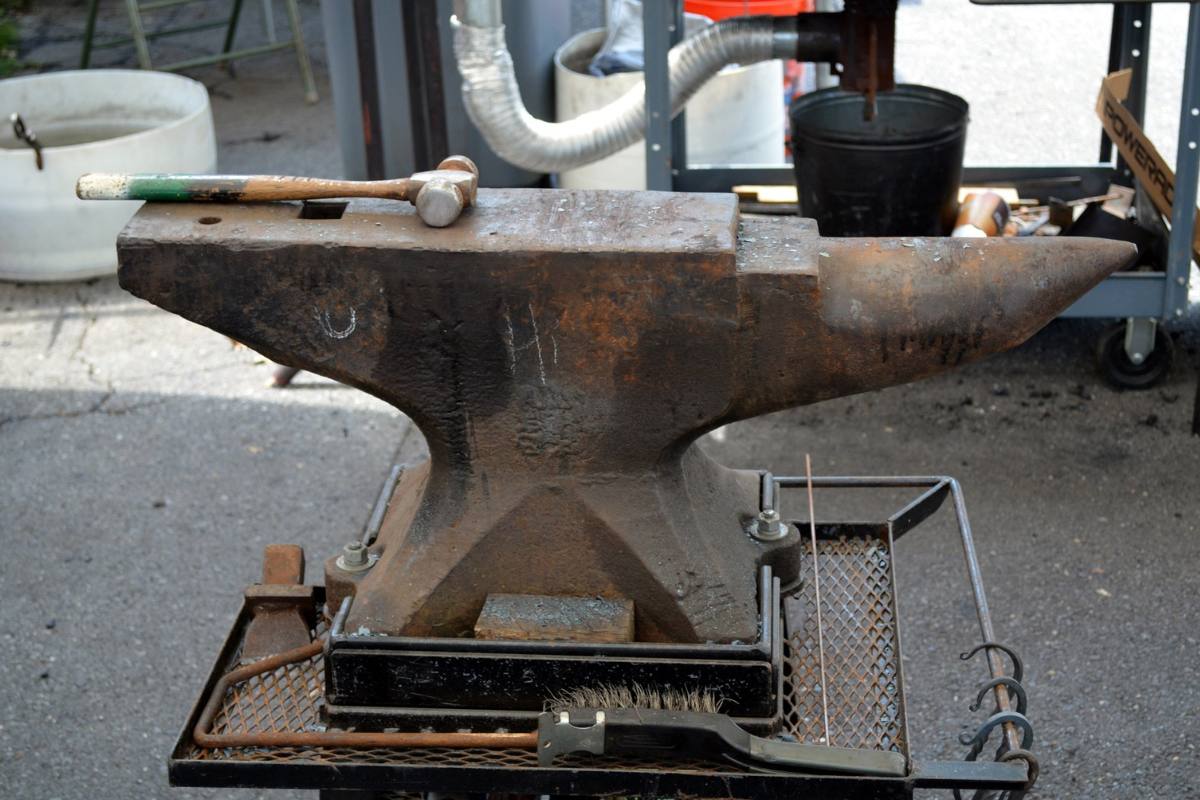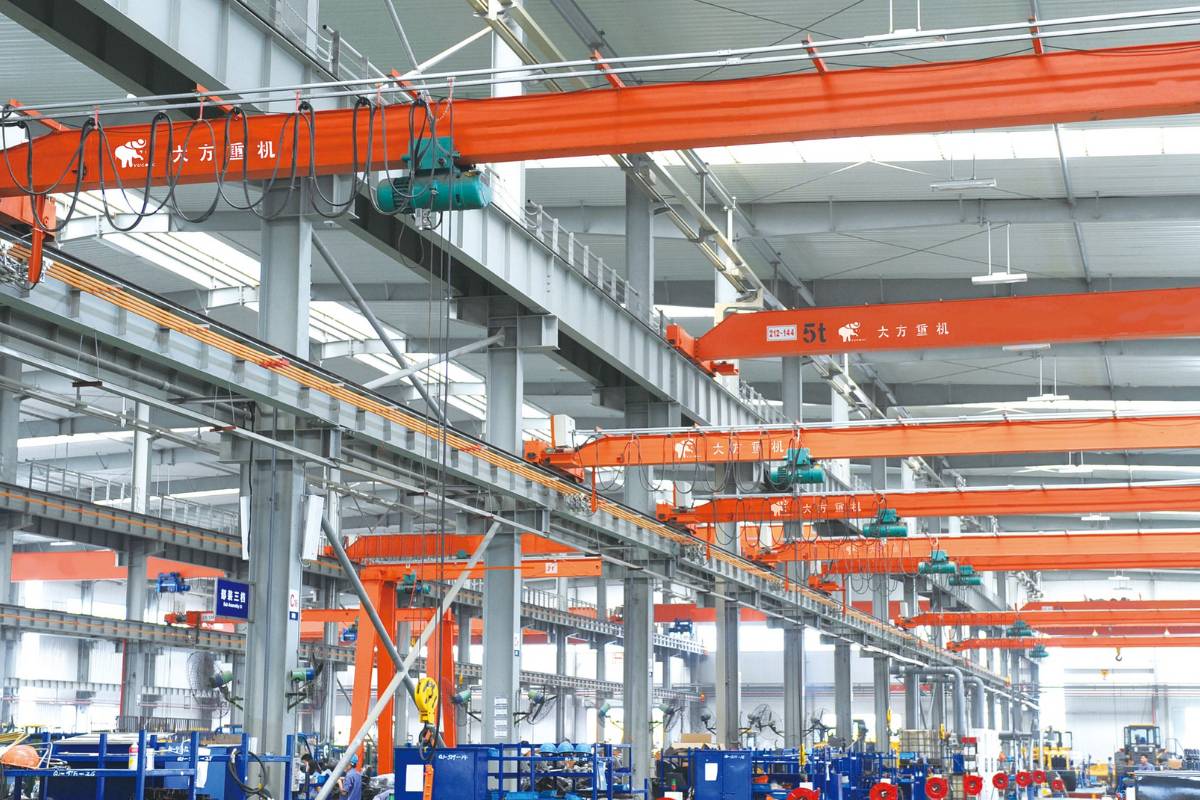Shipping heavy equipment across the planet is possible, but how does it get done?
Below in this article, A1 Auto Transport Inc. will go into what to consider when shipping heavy equipment and how to prepare said equipment for safe shipping.
Let’s get started.
Heavy Tool Shipping Advice
1. Prep the equipment
The first step in heavy equipment shipping is to prepare the equipment. Start by cleaning the equipment and drain all fluids, especially any fuels. You’ll need to remove any loose objects and remove any alarms or batteries.
If you need to disassemble the equipment, utilize the provided manual by the manufacturer. If you don’t feel comfortable doing it yourself, many heavy equipment shippers would be glad to help with the process.
You’ll also need to ensure your heavy equipment is safe during transit, so cover any exposed areas to avoid any damage from the weather if it’s going to ride on the top of the boat and not in the cargo containers.
2. Consider your shipping options
Container shipping is the easiest way to ship heavy equipment. All that needs to be done is pack the equipment into the cargo container and send it off for shipping. Container shipping takes a long time to arrive and boats are fairly slow. Keep this in mind if you’re needing the equipment on a certain date.
If you need the equipment for a project or have a deadline to meet, then speak with your transportation provider on how to set up the logistics. The best and most affordable solution would not be to get expedited shipping but to ship your equipment ahead of time and pick it up later in storage.
You can also opt to go for flat rack shipping, which offers the ability to ship in a container without a specific dimension. This is great for oddly shaped equipment that wouldn’t normally fit into a standard container. You can also ask your transportation experts if it would be possible to shrink-wrap, disassemble, or even tarp your equipment during shipping for safekeeping.
3. Insurance
Insurance is fairly important to consider during shipping. While most vehicles are insured up to $50,000-$100,000 by most carriers, heavy equipment can sometimes be in the millions of dollars in cost.
Considering this, it’s always best to ensure that your equipment is fully insured. You may need to purchase additional insurance, and any transportation expert would be glad to help fully insure your heavy equipment.
4. Cost of shipping
The amount you’re going to pay for will depend on a few factors. The time of year, weight, height, delay fees, carrier fees, custom taxes, and port charges all come into play in the amount that you’re going to have to pay.
The longer the distance, the more you’re going to have to pay. Some carriers charge per mile, and some prefer to do a flat quote. What is most important is that you get a flat quote before you sign any documents.
You don’t want the price to be jacked up by 20-25% during drop-off, so ask the carrier you’re working with if it’s possible to get a guarantee on the quote they give you. With many operators working legitimately, you’ll have no problem finding a company willing to give you a flat rate quote.
5. Destination
Where you are shipping will also incur unforeseen costs. Some countries have fairly high tariffs on imported goods, and inspections and laws may delay the delivery of said equipment. Check with the government of the destination you’re sending to confirm how much you’re going to have to pay, as licensing fees and tolls can add up.
Your carrier should be able to facilitate any type of tariff, and they will let you know the bill you’ll be expecting at the end. Unfortunately, tariffs are a brutal reality of heavy equipment shipping, and the cost can often be quite high.
Conclusion
In conclusion, shipping heavy tools and equipment for hire or sales requires meticulous preparation and cost-conscious decisions. Start by thoroughly cleaning and securing your equipment, then consider your shipping method. Container shipping is convenient but may entail longer transit times, so work with your transportation provider to tailor logistics to your needs. Ensure your equipment is fully insured, given its high value.
The cost of shipping depends on various factors, such as the time of year, equipment specifics, and destination-related expenses. Request a flat rate quote from your carrier to avoid unexpected cost hikes. Remember that destination choices can impact costs due to tariffs, inspections, and local regulations, so research these details in advance.
In summary, shipping heavy equipment demands careful planning, insurance coverage, and cost considerations. By following these guidelines, you can ensure the secure and efficient transport of your valuable equipment.







Leave a Reply